Maturing
Content Design
Role: Lead UX Content Designer
Team: Content Design
Skills: Content Strategy, Workshop Facilitation, Agile
Summary
When giffgaff's product teams began demanding more content support, I stepped in as Lead UX Content Designer to build a scalable, mature content design function.
By crafting tone-of-voice systems, establishing content governance practices, and launching content ops routines, I enabled the organisation to deliver content that met both user needs and business objectives, improving brand consistency, speeding up delivery, and empowering content capability across teams.
Situation
As content needs grew, giffgaff lacked a unified approach, brand language varied, delivery was inconsistent, and content often became a bottleneck in UX execution. I needed to build a content capability that was strategic, scalable, and embedded within product teams, rather than operating in silos.
Task
My mandate was to define and evolve content strategy, embed it into the UX workflow, and grow the content team's maturity. Specifically, I needed to anchor content design as a strategic discipline, not just a service function.
Action
Define Brand Language & Governance
Developed a tone-of-voice matrix to guide when and how brand personality should flex across contexts.
Established four content design principles grounded in brand traits to standardise messaging and UX copy.
Build Content Ops & Community
Launched a Community of Practice, hosting content clinics and regular stand-ups to share knowledge and align across teams.
Introduced pair writing sessions and drop-in clinics to foster cross-functional collaboration and speed up content delivery.
Invest in Team Growth
Created personal development plans for each content designer using the GROW coaching model (Goal, Reality, Options, Way forward).
Developed and rolled out a Content Style Guide, empowering other teams to confidently create clear first drafts.
Results
Enhanced brand consistency across product, email, and app communications
Accelerated content delivery timelines, enabling faster UX iteration cycles
Empowered team capability and autonomy, reducing reliance on external content support
Improved stakeholder trust and uptake of content-led design approaches
How I Made It Happen
A behind-the-scenes look at strategy, process, collaboration, and what I’d do differently.
Strategic Leadership
This case study highlights how I transformed content creation from a reactive task to a structured, strategic practice. I led the development of tone systems, style guides, and governance frameworks that aligned language with brand values while enabling scalable UX delivery.
Collaboration
I worked closely with UX designers, product managers, and legal/comms teams to co-create tone guidelines and run collaborative writing sessions. These initiatives created shared ownership and integrated content thinking into broader team workflows..
Research
Using qualitative feedback from content clinics and alignment sessions with stakeholders, I continuously iterated on our tone and style guidelines to better serve product needs and user expectations.
Process
You can see how tone principles, paired writing routines, and governance systems are connected to improved speed-to-market and messaging consistency. These elements were documented in a living style guide and communicated via regular knowledge-sharing sessions.
What I’d Do Differently
To scale further, I’d introduce quantitative content performance metrics (like readability scoring or A/B test outcomes) and create a cross-team onboarding guide to accelerate uptake of content practices in new UX teams.







